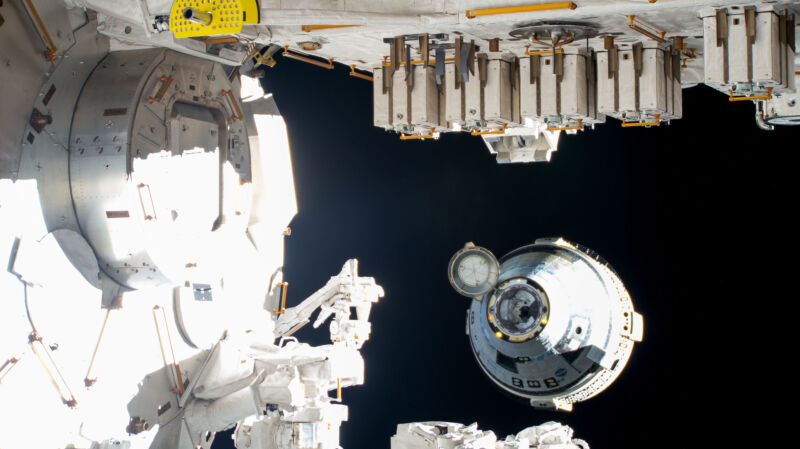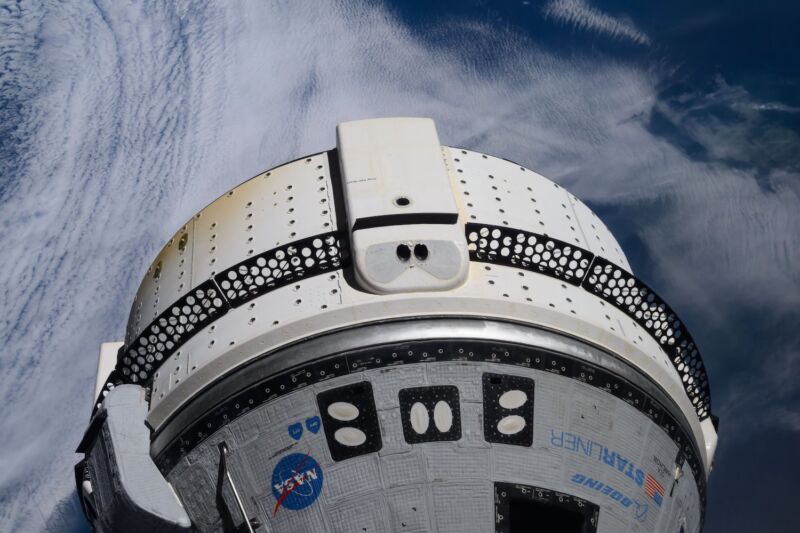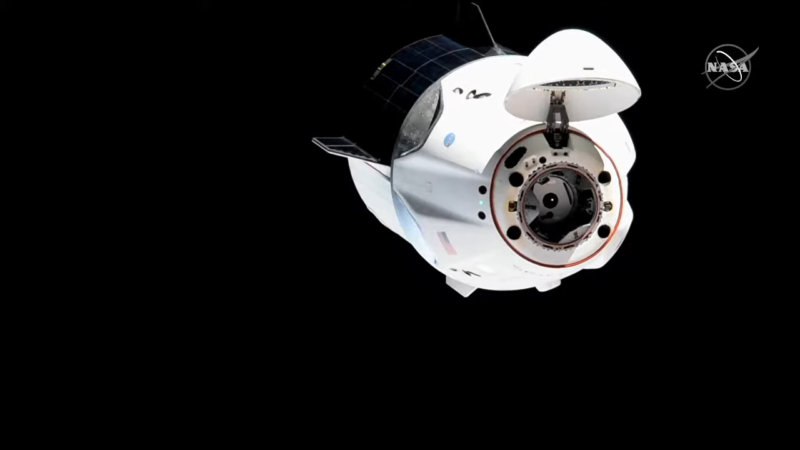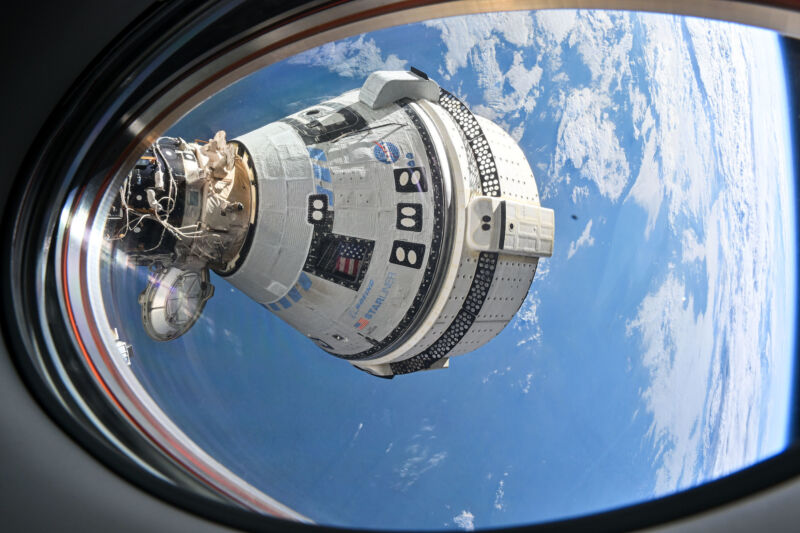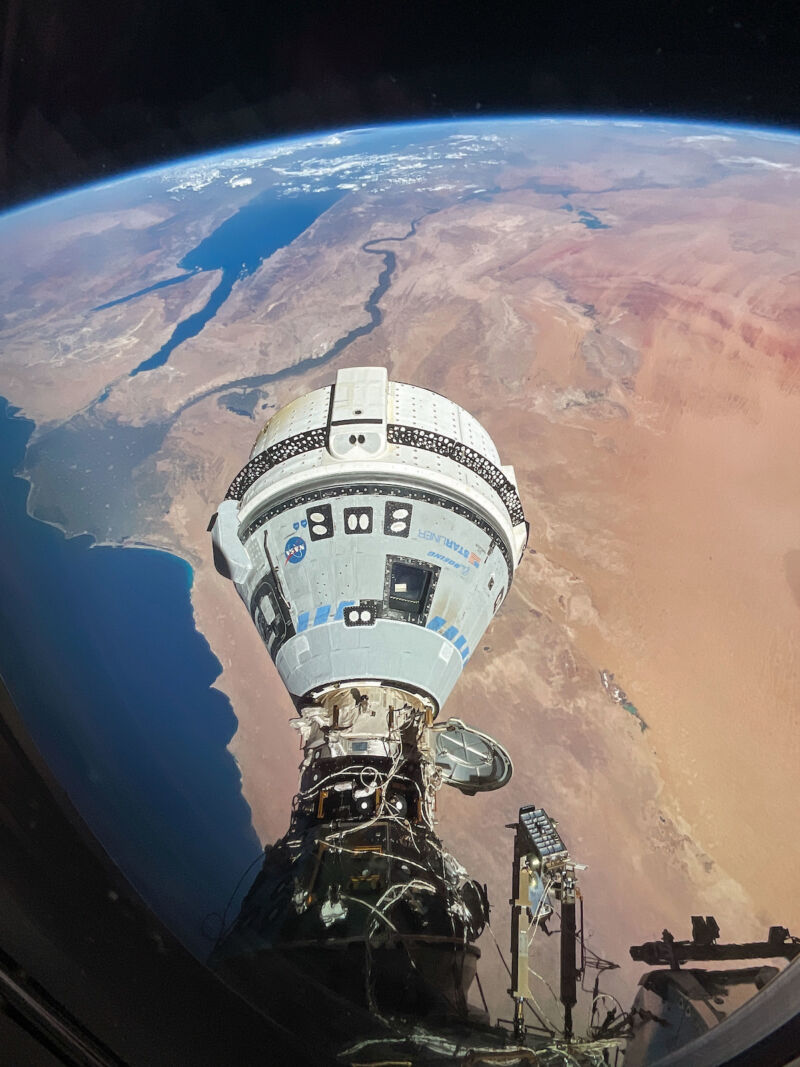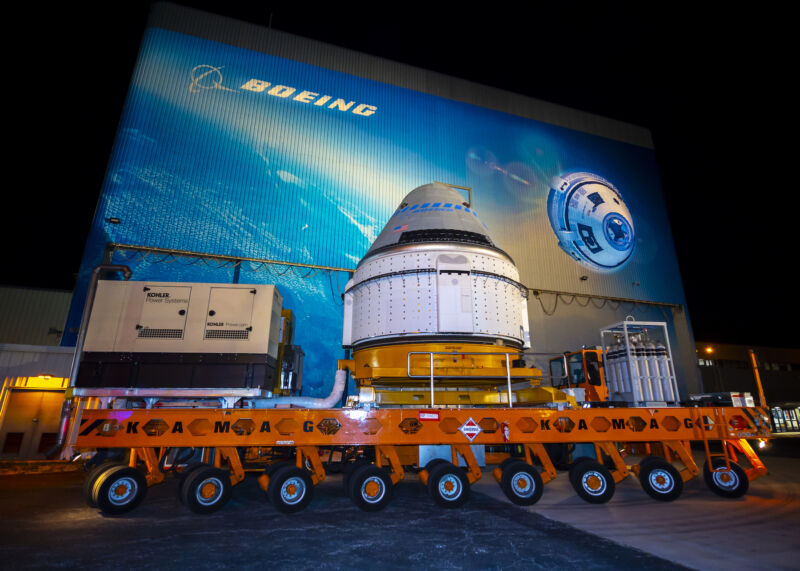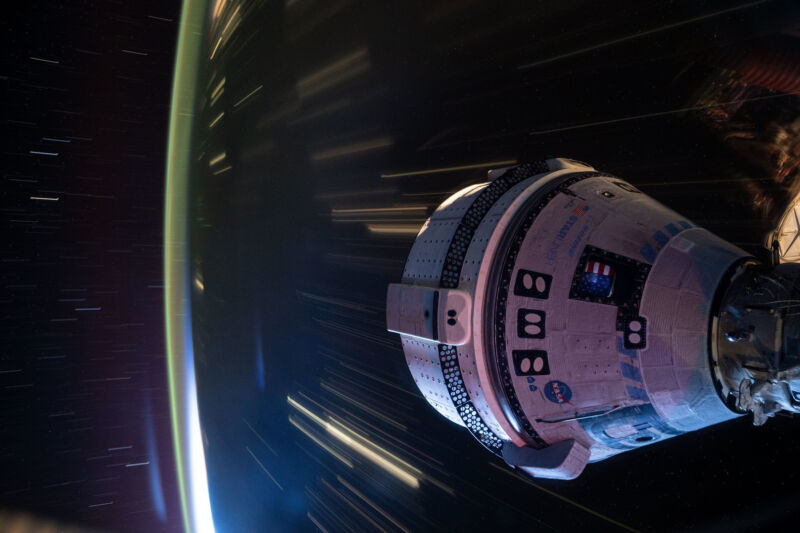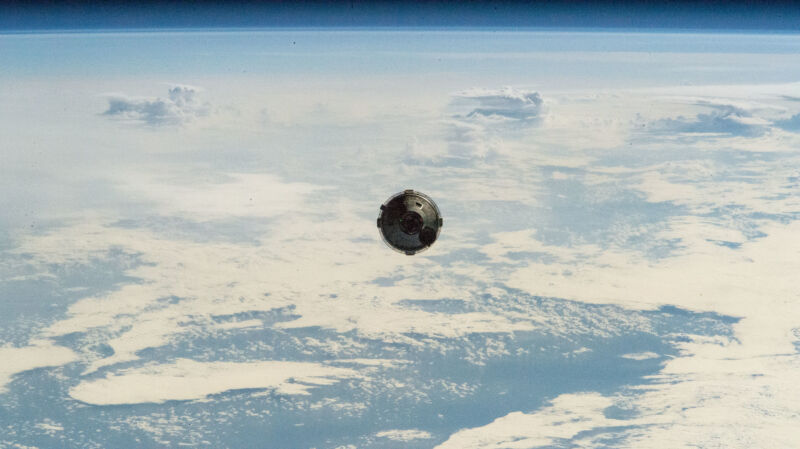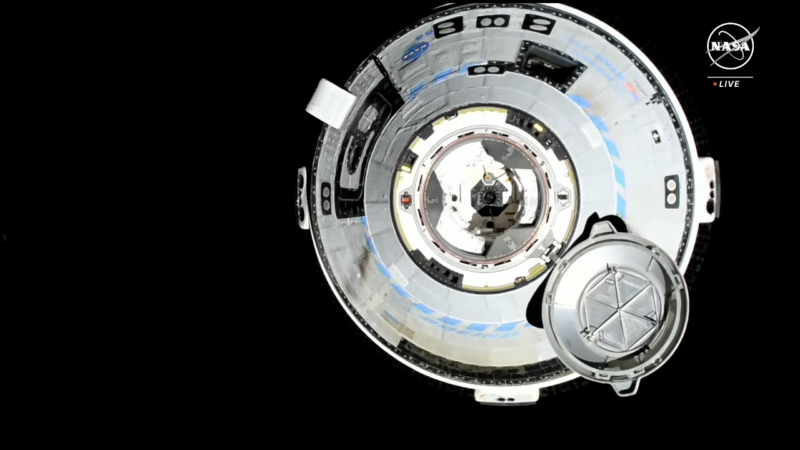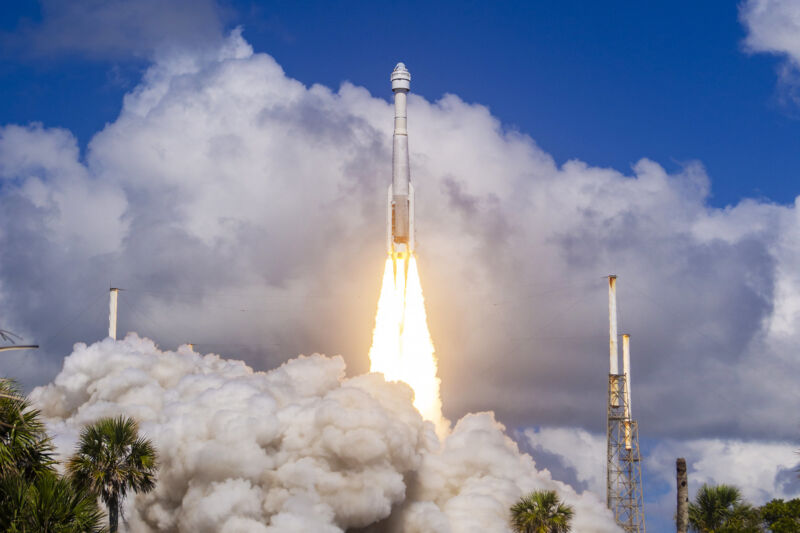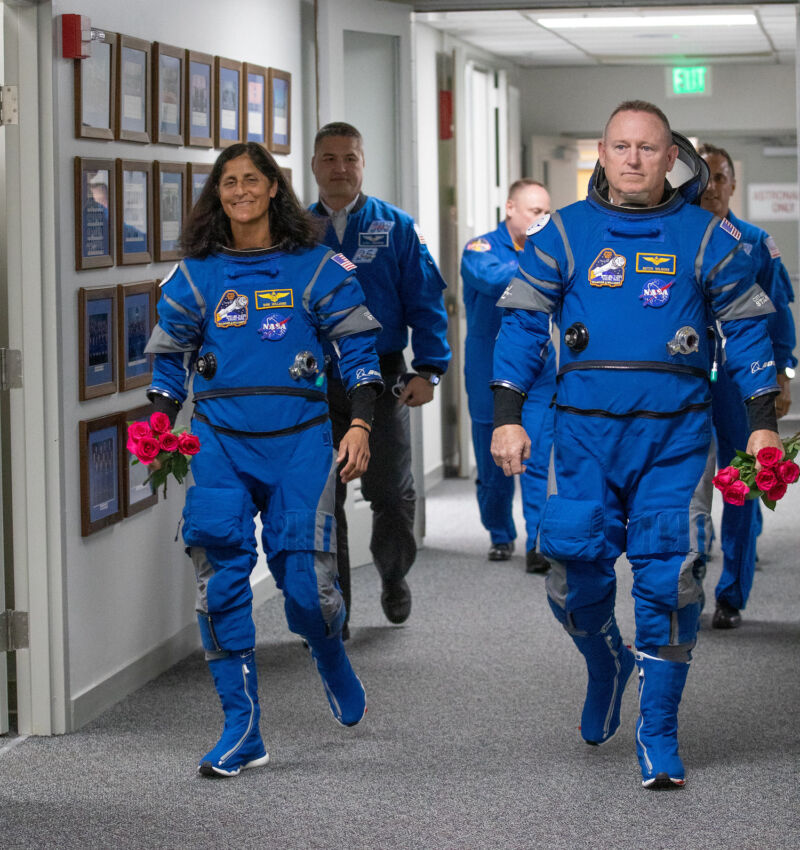Navy captains don’t like abandoning ship—but with Starliner, the ship left them

Enlarge / NASA astronauts Butch Wilmore and Suni Williams wave to their families, friends, and NASA officials on their way to the launch pad June 5 to board Boeing's Starliner spacecraft. (credit: Joe Raedle/Getty Images)
NASA astronauts Butch Wilmore and Suni Williams are no strangers to time away from their families. Both are retired captains in the US Navy, served in war zones, and are veterans of previous six-month stays on the International Space Station.
When they launched to the space station on Boeing's Starliner spacecraft on June 5, the astronauts expected to be home in a few weeks, or perhaps a month, at most. Their minimum mission duration was eight days, but NASA was always likely to approve a short extension. Wilmore and Williams were the first astronauts to soar into orbit on Boeing's Starliner spacecraft, a milestone achieved some seven years later than originally envisioned by Boeing and NASA.
However, the test flight fell short of all of its objectives. Wilmore and Williams are now a little more than three months into what has become an eight-month mission on the station. The Starliner spacecraft was beset by problems, culminating in a decision last month by NASA officials to send the capsule back to Earth without the two astronauts. Rather than coming home on Starliner, Wilmore and Williams will return to Earth in February on a SpaceX Dragon spacecraft.
